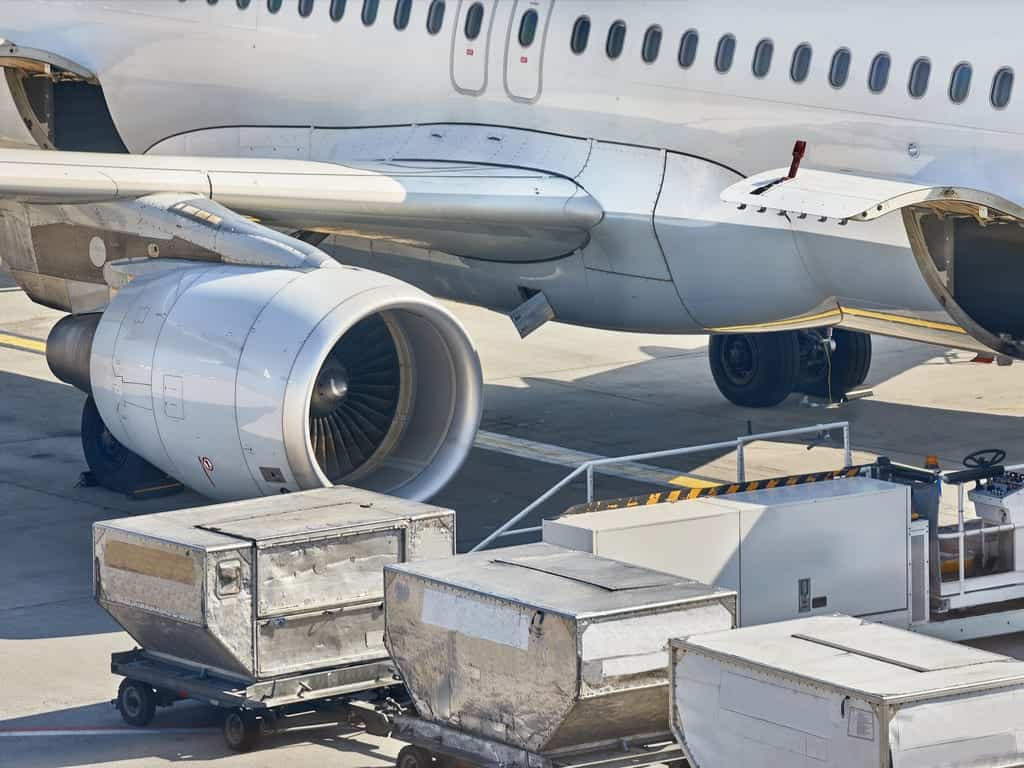With air transport, calculating the specific weight of the cargo and persons is important as that directly attributes to the fuel and distances. Thus, ensuring that you have your air freight container weights and other specifications declared and regulated is vital to ensure safety and due diligence. Having a guide that determines what is permissible makes the process easier to ensure any mishaps in air freight container shipments.
Air freight containers are in fact referred to as ULD or Unit Load Devices which the IATA (International Air Transport Association) along with the ATA (Air Transport Association of America) has devised special materials for its manufacture. The specifications of the ULDs are regulated as follows in terms of what is permissible for air freight container shipments.
These ULDs which are different air freight container types have different classifications and each have a different specification guide as to what their maximum and gross weights should be, which types of airline carriers are allowed to carry them.
For instance, for Air Freight Container Shipping with 88” Pallets, it should be noted that this type of ULD which has PIP system code of 88 Pallet with Net classification is ideal for transport in cargo fleets such as Boeing 747, Boeing 777 and McDonnell Douglas DC-10 airliner. The maximum value per pallet is 11.9 cubic meters (430-cubic feet), and the maximum gross weight in terms of the airliners as follows: 747/DC-10: 6033 kg, 767: 5103 kg, 777/DC-10: 4626 kg.
Similarly, there are other ULD types which carry their own specifications for air freight container shipping. The following image highlights some of these ULDs and their specifications.


Image: CargoTeamVN, Transway

